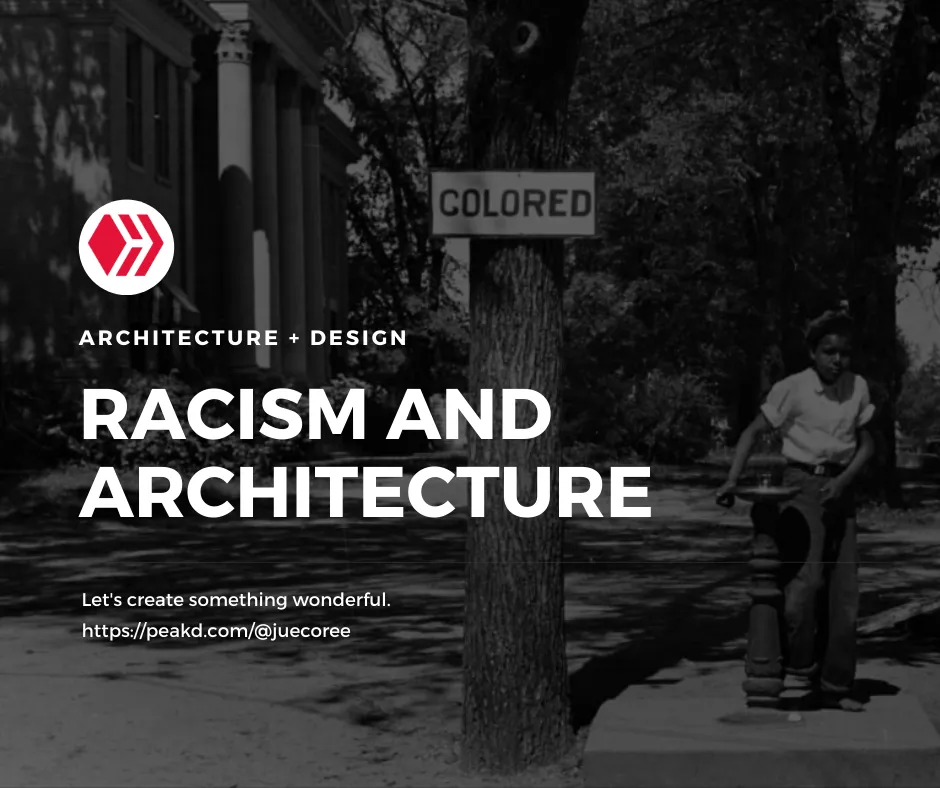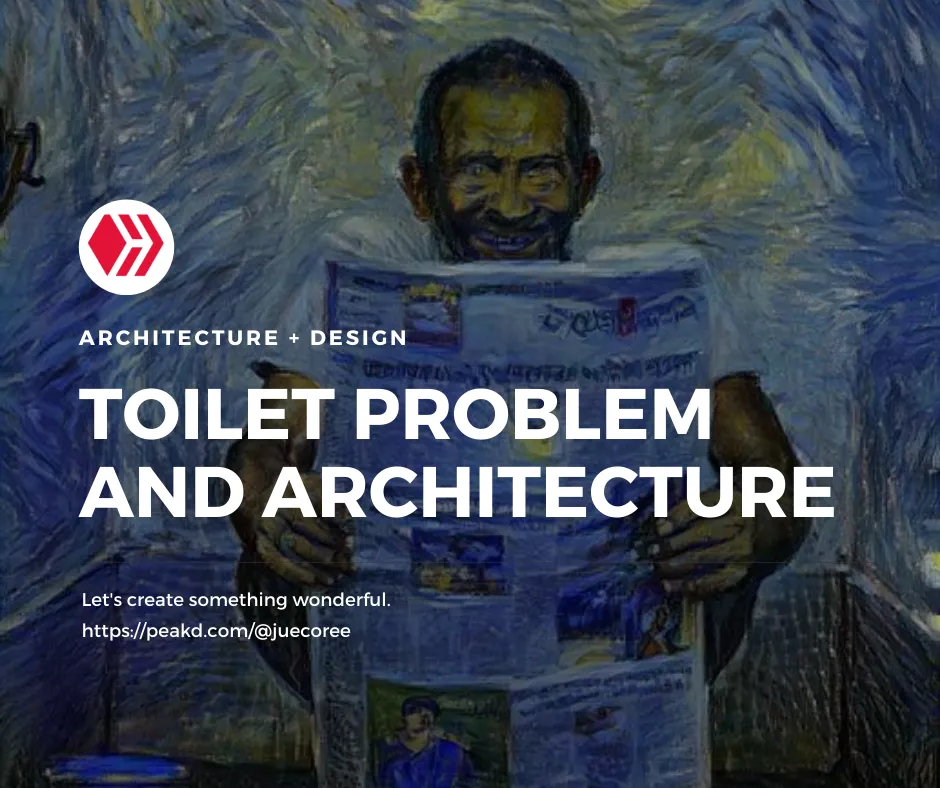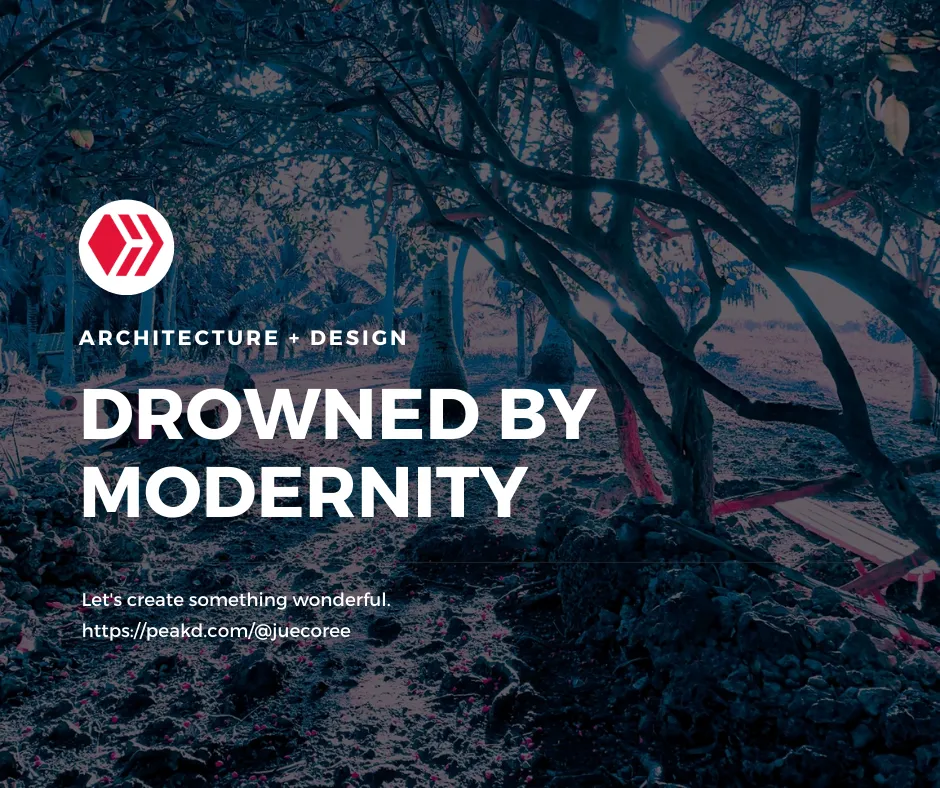
I've always liked the city. I grew up with the bustling noises of car horns and the dusty air. I like going to malls and arcades, which stir up habitual enthusiasm after being cooped up with a daily routine. It is true for most people who grew up in the cities. By the end of the day, we trap ourselves in a vicious cycle. Work. Dinner. Hangout. Movie. We have the same routine but of a different story.
We are always on the go and busy running the rat race. We call it tradition, but deep in ourselves, we know that we are in a trap. Some call it the best option because we are lack options. As our lives progress, we partake in different experiences. We do travel, visit an art exhibit, or go on a trip in the province. As if a crazy dog is about to bite and come after us, we continue to run the rat race and indulge in modernity. We ended up drowning and overstimulated with it.
Our progress and modernism surround us with elegant skyscrapers and places we can hang out and dine that indulge us with vibrant design and cozy ambiance. I find it a blessing but a curse at the same time. Our cities have creatively designed places, and for us, to have a plethora of options to relax, hang out, and dine. But I find it sometimes overstimulating that it can't satisfy what we need, a break from the vicious routine.
We have hundreds of restaurants, cafes, and even clubs in the city, either one or none in the provinces. Although life in the countryside may not be as extravagant as we have in the city, I find the people happy despite lacking the choice to enjoy a cozy place. Maybe, it is how they lived their lives free from overstimulating built environments and depressing and stressful routines. Perhaps, the green scenery and fresh air.
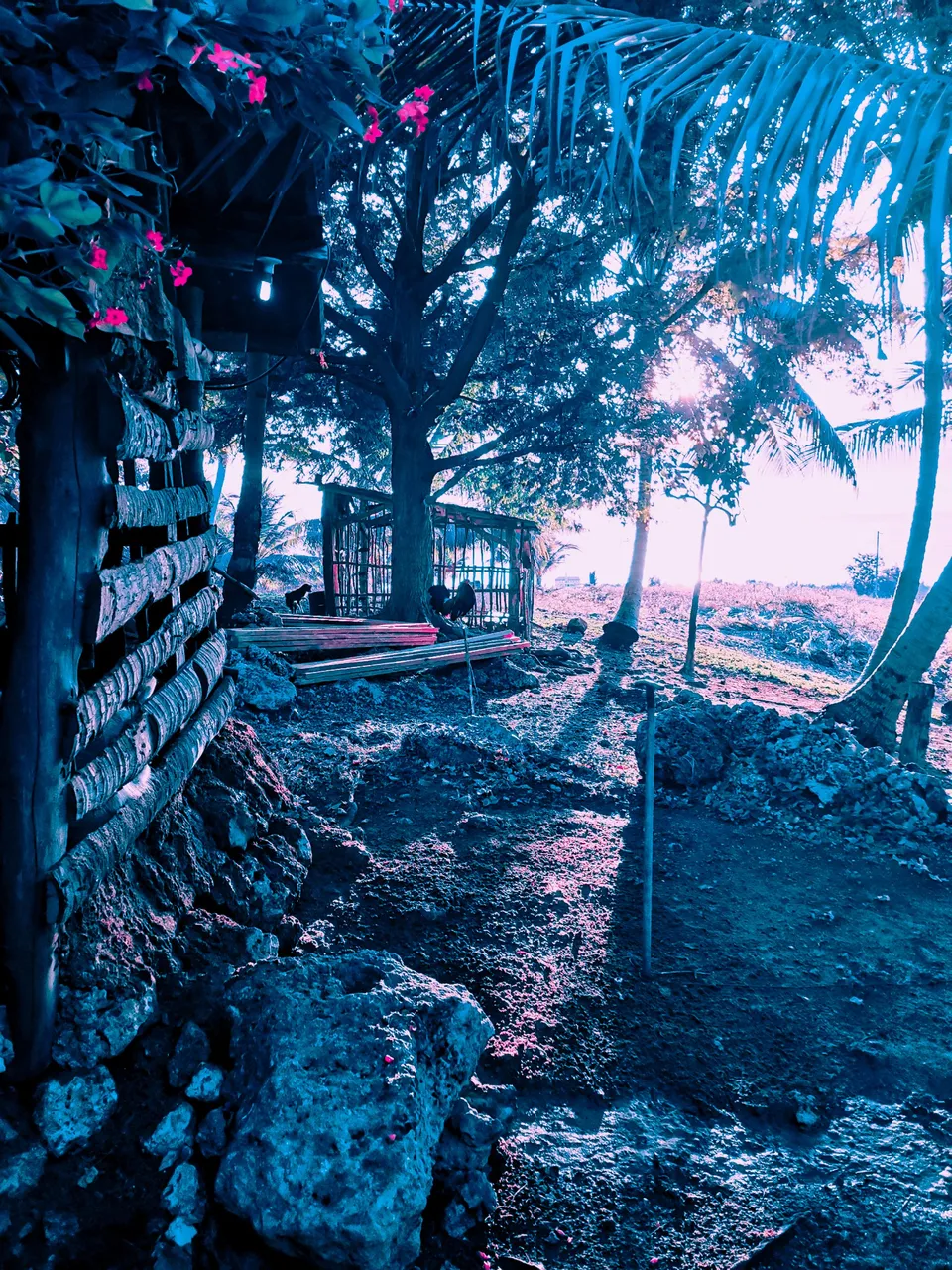
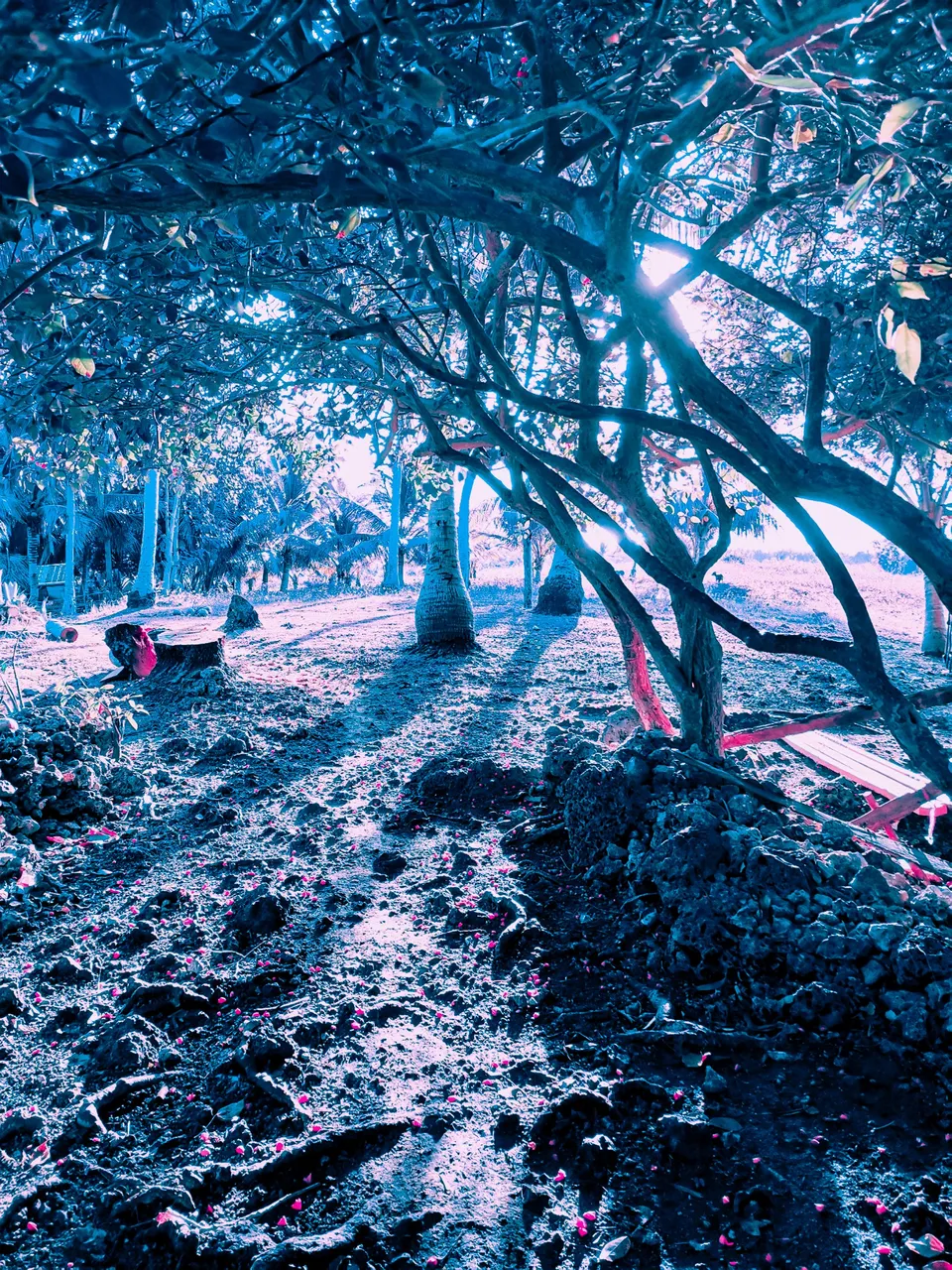
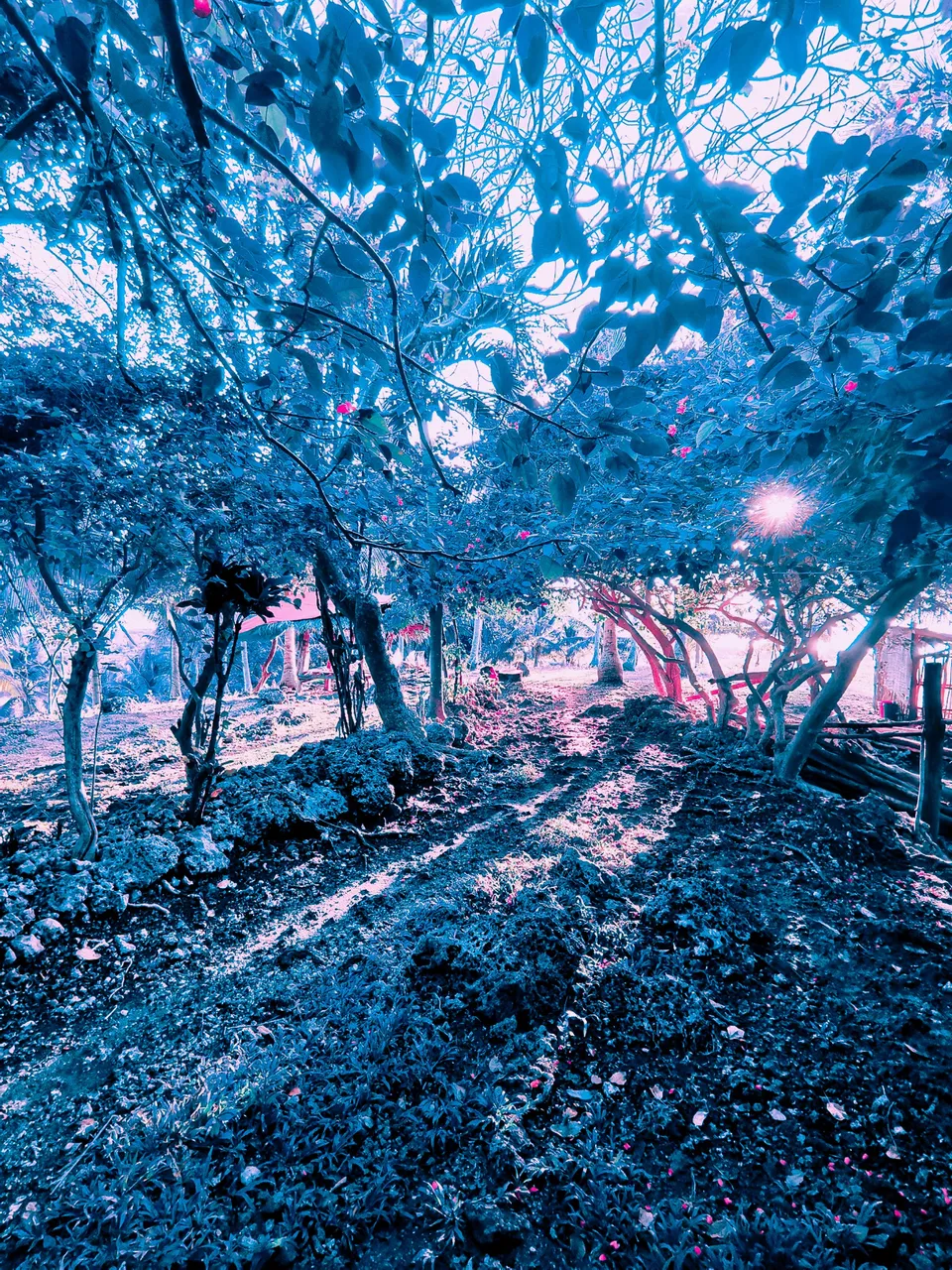
When the chance to submerge outside the city presented ourselves, we should take it and experience a shift of perspective. Although I am not a travel buddy, I went to the countryside from time to time to relieve the overstimulation and stressor of the city. I usually go to my grandparents' place about three hours from the city. I find a good place for my wellness and to unwind. Breathe the fresh air overlooking the beaches on the horizon. Sit on the coast and indulge in silence. Think through the things we want.
We can't deny that living in the province is different. Simple but can be life-changing. We can truly focus on the clouds, the mist, and mourning dews. There will be no headaches when sitting in traffic. Although living in the province is good, but work and business are in cities. Most of us won't stay for long. We go back to the cities to work or do business, and financial opportunities are scarce on the outskirts. For most of us, province life is for the short term or the retirees. I was just pumped up and asked myself, why not design cities that help us not overstimulate?
Overstimulation causes our inability to focus on anything essential or challenging in our life. We'd rather sleep in our beds and read through social media than accomplish things we're enthusiastic about many things. Or we'd rather spend the day playing video games or binge-watching Netflix till our eyes bled. We do this because we are expecting the thrill of finding something fresh and controversial. We are just trying to satisfy what was lacking. We often link overstimulation to autism, but it does happen in regular people.
Our indulgence with our built world and the stress in our routine can trigger sensory overload. We experience it when our brains become overstimulated while attempting to process too many sensory inputs. When we are constantly in bright lights and loud noises, we become irritated and lose attention. In most cases, we linked overstimulation to autism, but it does happen in regular people. It can substantially change our habits and the way we live and connect with others. That is why going to the countryside and having some fresh air and the lush greenery can help.
Architecture and urban design can help with urban overload. We may create spaces that inspire positive feelings and emotions and even good wellness. Regardless of our rat race for modernity, we constantly want a space that allows us to be ourselves while still indulging in a quiet and serene spatial experience. We can integrate biophilic design into our built world. By doing so, we can use plants and flowers to boost tranquility in urban spaces. Greenery can lessen stress in our eyes, and perhaps having plants can minimize overstimulation.
Urban forests and parks can help. We often treat the urban forest as sceneries in the cities, but it is far more beneficial than what we think it is. Much like what we wanted in our travel in the countryside to unwind, urban forest promotes our physical and mental well-being. We can have a place for brisk walking and exercise, which is beneficial in relieving our stress. When we focus on building sustainable cities, trees will be an integral part of it, and it is vital for our well-being.
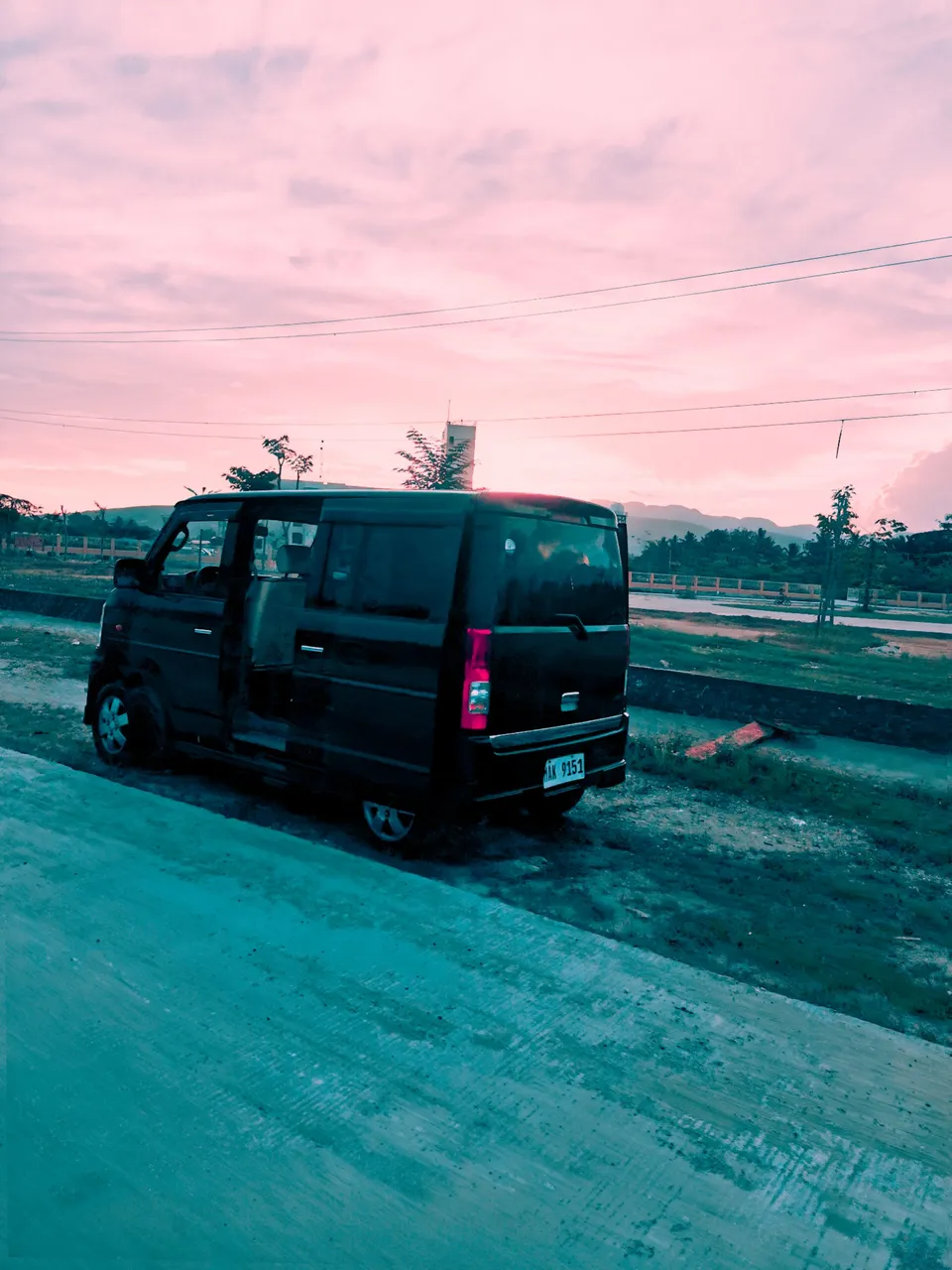

Every travel we did, we always ended up going back to cities. Perhaps what they say about homing is true, or it is of necessity. Upon returning from our countryside escapade, we always met a cavalcade of automobiles, cutting each other off and honking as they slowly advanced down roadways. It was traffic, but it had become as pervasive in society as a pestering fly on a roadside cafeteria.
We can't deny that cities form us. We return to them, although we appear to have mastered every nook and cranny. Or how overly stimulating the environment to it is not best for our wellness. We'll get used to it and keep up our sanity. As progress is inevitable with the changes that overly stimulate us, we need places to unwind. Or we click our life reset button with a better spatial experience. We can bring the feel of the countryside to urban life through urban planning and architecture.
We found complexity in every setting inside an iron atom or the spices of the food on our plates. It's more likely to be near a blue lake and green pines. A city is inherently complex by definition, where diversity is at its peak. We come together to attempt to make it all work. Some days, we aren't sure how it works. But that's the allure of city life, despite it being overly stimulating. We don't have to do it all by ourselves. We'll work it out together. Perhaps, by then, we can make a better and sustainable built world.
Featured Photos:
All photos courtesy of the author
Readings:
Charles Spence, Senses of place: architectural design for the multisensory mind
Weijie Zhong, Torsten Schröder, and Juliette Bekkering, Biophilic design in architecture and its contributions to health, well-being, and sustainability: A critical review

